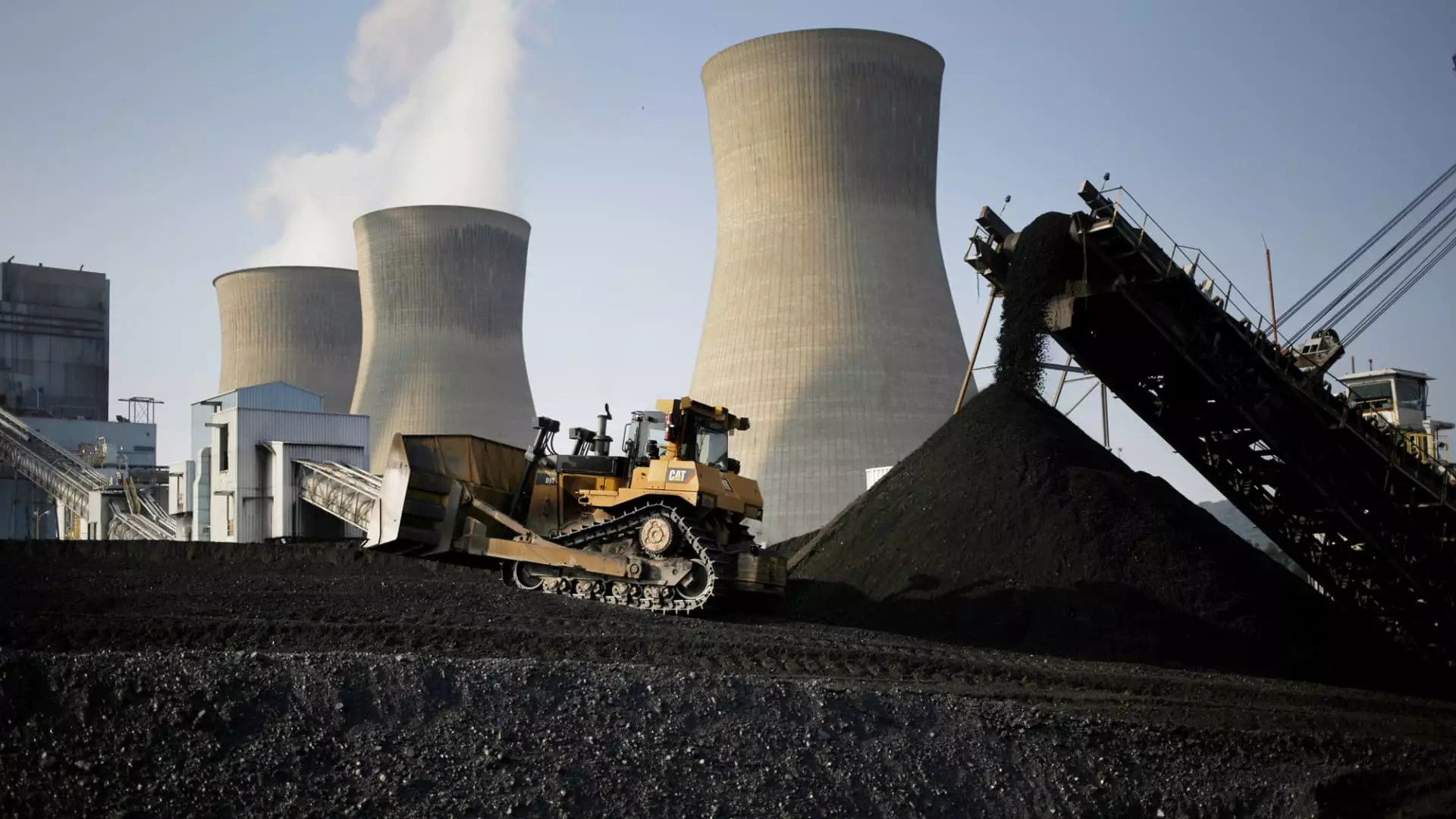The landscape of nuclear energy in the United States is undergoing significant scrutiny and transformation as the country grapples with increasing electricity demand and a need to diverge from fossil fuel reliance. As of now, the U.S. straddles the forefront of nuclear energy globally, harboring 94 active reactors capable of generating approximately 100 gigawatts of power. This network of reactors supplied about 18% of the nation’s electricity in 2023. With growing concerns over carbon emissions, energy security, and a sustainable future, the acting assistant secretary for the Office of Nuclear Energy, Mike Goff, asserts that just maintaining the current capacity won’t suffice. To meet the rising demand for electricity and improve environmental outcomes, the U.S. must triple its nuclear fleet, which translates to an ambitious goal of adding at least 200 gigawatts of nuclear power.
The impending restart of the Three Mile Island (TMI) facility offers a glimmer of optimism about nuclear energy’s resurgence. This plant, notorious for a partial meltdown in 1979, has been off the grid since 2019 due to economic factors rather than safety concerns. Contrary to what some might believe, the unit slated for resurrection—Unit 1—is not the one linked with the infamous incident. Constellation Energy plans to have this plant operational by 2028, aligning with significant corporate interest, including commitments from tech giant Microsoft to source power from the facility for its vast data centers. Goff emphasizes the necessity for stable, baseload electricity, labeling nuclear power as an ideal candidate to meet this demand.
Despite optimism surrounding the TMI restart, it is essential to recognize that reviving existing reactors will only contribute a fraction of the nuclear energy required. Goff points out that only a limited number of plants are available for potential restart within the U.S., stressing the urgent need for new nuclear facilities. Historically reliant on coal, many communities are undergoing a transition as they phase out coal plants, which provides an opportunity to repurpose these sites for new nuclear construction. According to a recent Department of Energy analysis, up to 174 gigawatts of nuclear capacity could be developed across 36 states, utilizing infrastructure like established transmission lines.
This strategic pivot could facilitate new construction, allowing for a more streamlined development process. Goff argues that the existing workforce from coal plants can transition into nuclear roles, thereby capitalizing on their expertise in energy generation.
While potential is rife for expanded nuclear capacity, challenges persist. The construction of new nuclear facilities has faced significant hurdles in the past, including financial oversights and lengthy timelines. The Vogtle expansion in Georgia serves as a case study, illustrating how extensive projects can spiral into budget overruns exceeding $30 billion and face construction delays of up to seven years. To address such issues, Goff encourages a focus on both expanding active nuclear plants and constructing new reactors at previous coal sites. These actions could pave the way for an increase in nuclear generation capacity, which the DOEs study estimates could reach up to 269 gigawatts when considering both coal and nuclear facilities combined.
The evolving economic landscape plays a critical role in determining the future of nuclear energy. Over recent years, the competitiveness of nuclear power has waned due to the rise of inexpensive natural gas. However, shifting perspectives have seen a revitalized appreciation for the reliability and carbon-neutral nature of nuclear energy, especially in light of recent legislation like the Inflation Reduction Act. The push for clean energy has sparked acknowledgment of the necessity for stable baseload generation sources, with nuclear power fitting this mold.
As seen in the revival efforts for plants like TMI and Palisades in Michigan—where Holtec International aims for a 2025 reopening—the renewed interest in nuclear viability is gaining traction. Goff expresses confidence that independent regulators will approve these projects if they can substantiate safety assurances.
While the optimism surrounding the restart of Three Mile Island may represent a small step in the greater scheme of nuclear energy, it nevertheless conveys an important message about the pivotal role of nuclear power in managing increasing energy needs and environmental concerns. The calls for a broader deployment of new plants herald a future where nuclear energy could play a transformational role in achieving energy independence and addressing climate change.
The next steps must be taken with caution and foresight, acknowledging that the path toward establishing a robust nuclear energy infrastructure will demand not only innovation and investment but also public trust and robust regulatory frameworks. The ongoing efforts of key stakeholders from governmental bodies to private energy firms will shape the narrative of nuclear power in America, as the nation stands on the brink of a new energy paradigm.

